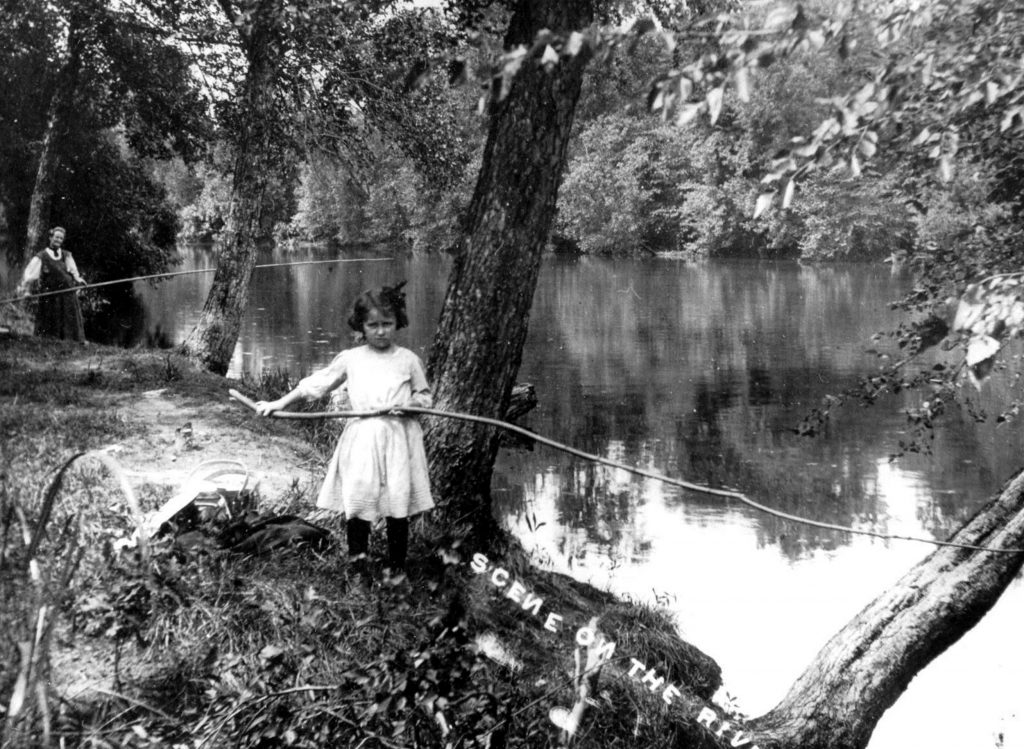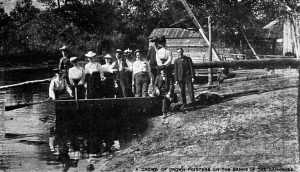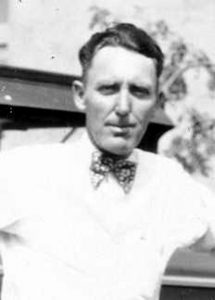STARKE
by: Fay Folsom Nichols
By 1876 Jasper Packard, historian, was predicting, “The Kankakee marshes on the south will yet prove to be the richest, most productive soil of our country.” He was basing his assertions on a report made in 1873 by Professor E. T. Cox, Indiana geologist. “Bog iron,” Professor Cox claimed, “occurs in considerable quantities in the marshes along the Kankakee and when some plan has been devised for converting the peat with which it is associated into fuel adapted to use in a blast furnace, each may add to the value of the other and naturally tend to bring the much abused Kankakee marsh into more favorable notice.”
Starke county, center of this region of bright prophesy, was undergoing lean years. A. A. Sphung’s “frog and turtle industry,” a wholesale business shipping frogs and turtles to commission houses and restaurants in Chicago, kept the people who had settled near the marshes from actual starvation. Bohemian immigrants from Chicago who had purchased small plots of land from Jacob Keller, land promoter and real estate agent, were gathering huckleberries to sell to local merchants for 2 cents a quart, taking their money “in trade.” Finally beaten by the unproductive muck lands and barren sand ridges, they returned to the city.
Happily, the picture has turned to one of prosperity. Packard’s predictions came true. The Kankakee marshes are proving to be one of the richest, most productive areas in our country but not from Professor Cox’s iron-filled peat bogs; not because of Sphung’s frog industry; not from huckleberry bushes. It is scientific farming, with soil testing and crop experimentation, that is filling the county’s coffers. Peppermint now makes a “mint” of money for many farmers. Potatoes, onions, cucumbers for pickles and other muck crops run a close race.
The Starke county town of North Judson pays homage to native products with a yearly muck crop show. Here one may find a pumpkin weighing forty-eight pounds or a Guinea bean weighing twelve and one-half pounds on exhibit.
Conversation with an old timer in the area brings local folklore to light. There’s the story of Thomas Robb who was buried in the canoe in which he had been found frozen to death-the first death in the county; of Eli Green, North Judson’s ossified man; of Che Mah, smallest man in the world, weighing but 40 pounds. He came from China to travel with the circus and spent his last days in Knox. A favorite tale is one of murder. One learns it was the summer of 1902 that all of Starke county was in suspense. A man who had tangled with the Haines brothers, two local “no goods,” had disappeared. A freshly made grave was discovered on a sand ridge, but the brothers explained it was the grave of their mule that had just died. Investigation revealed a mule was buried there, but underneath the animal was the body of a man.
The incident marked the beginning of a newspaper career for high school youth, Chester McCormick, who “scooped” the story. For many years, Chester was editor and publisher of the North Judson News, taking time out to act as joint State senator for Starke, Jasper, Newton and White counties in 1913-1915 and to serve in the tank corp in World War I. Most people remember him best as the author of the column “Around the State House” which he conducted in the Hoosier Sentinel until his death in 1939.




